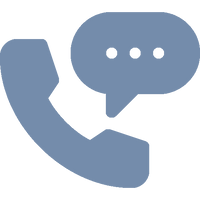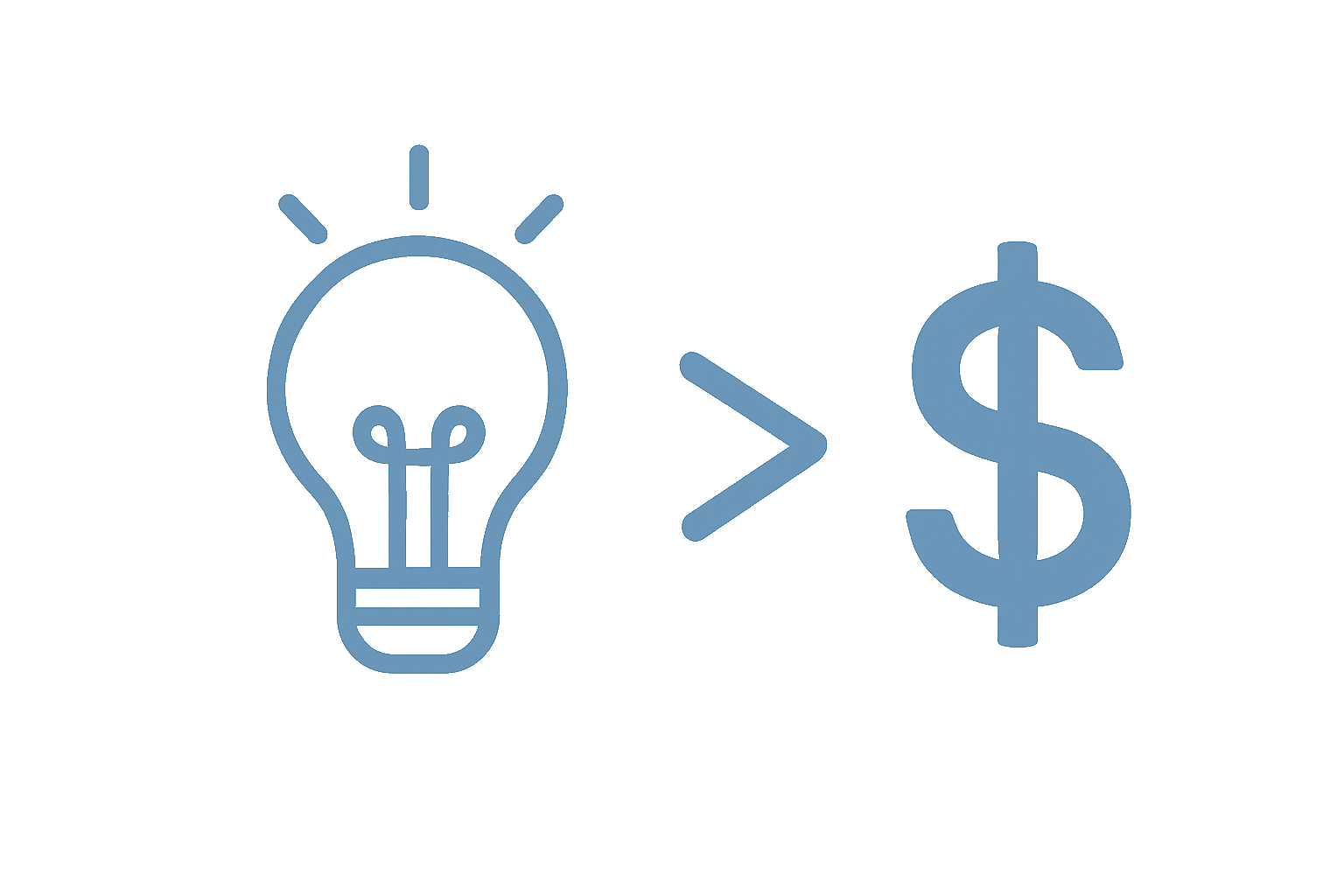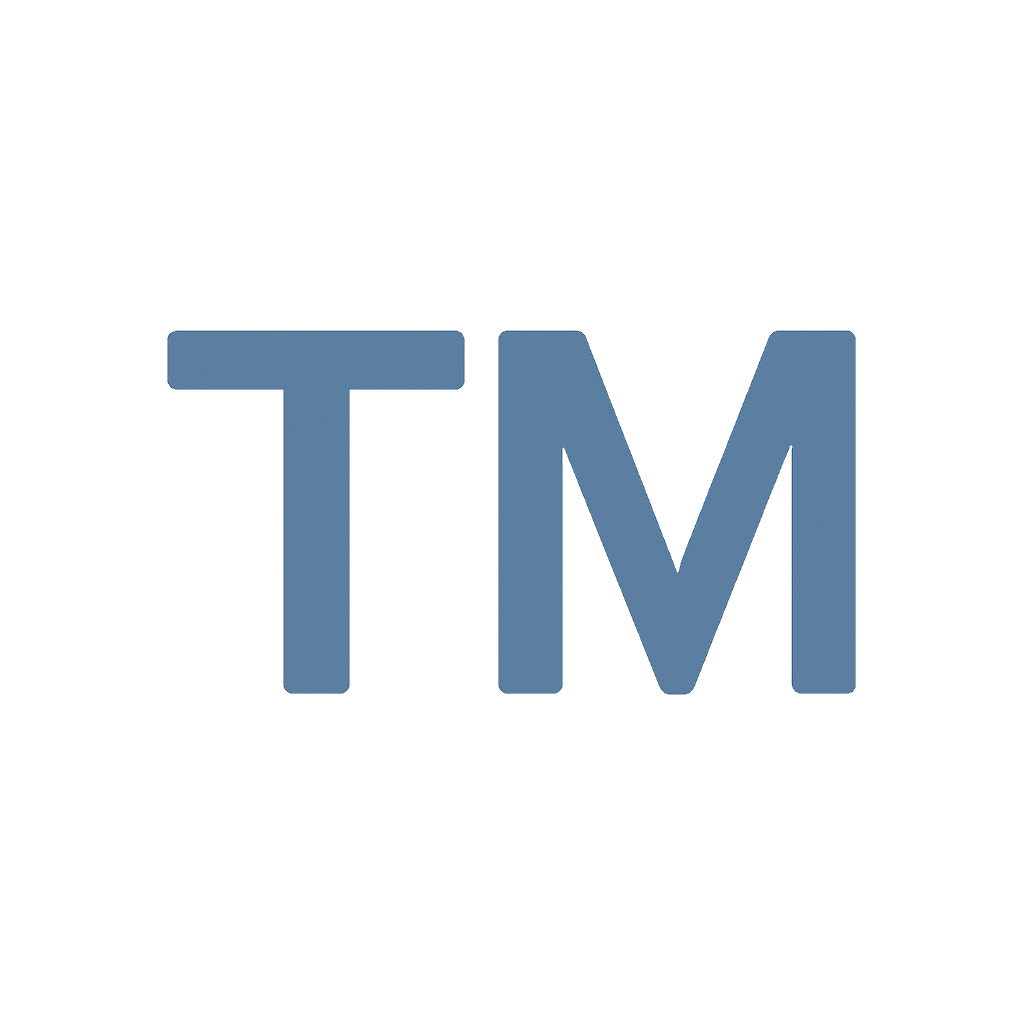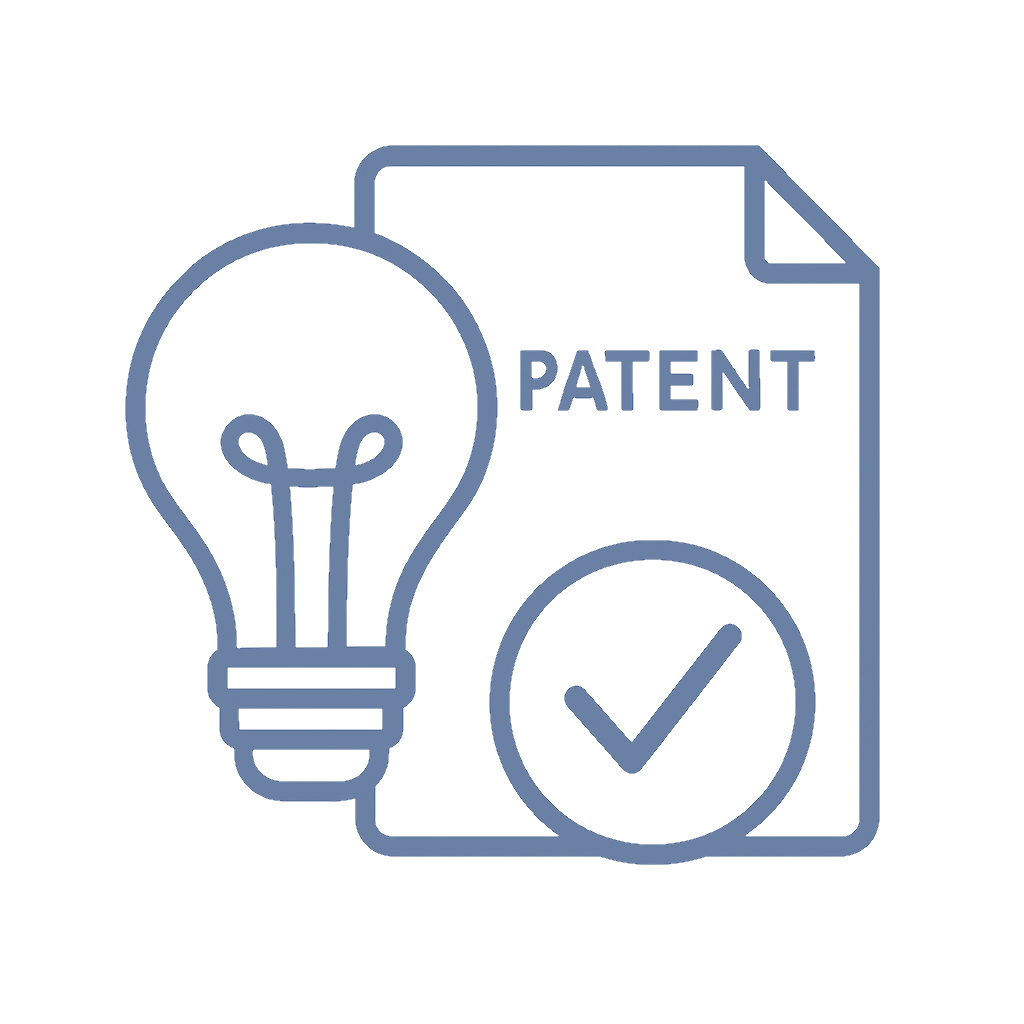📌 Quick Summary
1-Sentence Answer:
You can’t patent or license a bare idea—execution, proof of concept, and market validation are what turn an invention into money.
The Article Overview:
This article explains why ideas alone have no licensing value, the steps to move from concept to prototype, how to attract investors, examples of licensing successes, pitfalls to avoid, and what myths still mislead inventors.
❓ Common Questions & Answers
Can I patent just an idea?
No. A patent requires a concrete invention, not a vague concept. You must describe how the invention works in detail.
Why won’t companies buy my idea?
Because ideas are plentiful and worthless without execution. Companies pay for proven inventions with clear demand.
Do I need a prototype?
Yes. A prototype or demo proves feasibility and convinces investors your invention can exist in the real world.
How do I license my invention?
Secure a patent or patent-pending status, validate market demand, then approach manufacturers or distributors with proof.
What if I can’t build it myself?
You can hire engineers or partner with developers. The key is to show more than a thought on paper.

📜 Step-by-Step Guide
Step 1: Define the invention clearly.
Transform your idea into a detailed description, covering structure, method, or process.
Step 2: Build a prototype or demo.
Even a rough version demonstrates that your invention is possible.
Step 3: Test for market demand.
Run surveys, crowdfunding campaigns, or pilot tests to prove customers want it.
Step 4: File for patent protection.
Prepare and file a provisional or non-provisional patent with enough technical detail.
Step 5: Pitch to potential licensees.
Approach businesses that already sell in your industry with evidence of feasibility and demand.
📖 Historical Context
The myth of the million-dollar idea has roots in the early 20th century. Back then, industrial expansion fueled stories of lone inventors selling ideas to corporations and retiring rich. But reality rarely matched the fable. Even Thomas Edison, widely celebrated for his “ideas,” relied on teams, laboratories, and relentless execution to transform concepts into working inventions.
During the post–World War II boom, patent filings surged. The U.S. and Europe saw growing recognition that intellectual property needed concrete technical disclosures. Mere speculation, like “a flying car,” wasn’t patentable. This shifted the focus from ideas to engineered, tested inventions.
Today, global patent offices—from the USPTO to the European Patent Office to India’s IPO—consistently reject abstract concepts. Execution, whether in the form of prototypes or well-documented processes, remains the only way to secure rights and attract licensees. The old dream persists, but law and commerce have long since shut the door on “idea-only” fortunes.
🏢 Business Competition Examples
-
Dyson Vacuum Cleaners – James Dyson didn’t sell an idea; he built 5,127 prototypes before licensing his bagless technology.
-
Gore-Tex – W. L. Gore & Associates created a working waterproof fabric, then licensed it to outdoor clothing brands worldwide.
-
Post-it Notes – 3M’s scientists didn’t pitch a concept. They tested, refined, and marketed before licensing and distributing.
-
GoPro – Nick Woodman built a prototype surf camera before landing licensing and manufacturing deals.

💬 Discussion Section
The allure of the “idea alone” lies in its simplicity. Anyone can imagine a revolutionary gadget, a life-saving medical device, or the next viral app. But in business and law, value is created not at the spark of an idea but in the heavy lifting that follows. Licensing depends on two main factors: feasibility and market readiness.
First, feasibility. A licensee wants to know if your invention can exist outside of theory. A provisional patent application may outline the idea, but without technical drawings or a demonstrable prototype, it remains speculative. Companies rarely gamble on “what ifs.” They invest in “what works.”
Second, market readiness. Investors don’t just care if it can be built—they care if customers will buy it. Proof of demand comes from real-world testing: preorders, crowdfunding campaigns, pilot studies, or independent market research. Without evidence, even the cleverest invention is a gamble.
Execution bridges the gap. Execution means sketches, prototypes, lab tests, and consumer feedback. Execution transforms legal paperwork into a product investors can imagine on store shelves. Execution reassures a manufacturer that licensing your patent isn’t throwing darts in the dark.
Globally, this principle holds. In the U.S., inventors must provide “enablement” in patent filings. In the UK and EU, “sufficiency of disclosure” demands similar rigor. In India and Australia, courts consistently rule against vague “idea patents.” In every jurisdiction, the inventor who executes gains leverage.
The implication is clear: inventors who take action gain power. Those who don’t are left with nothing but dreams. Licensing is not about protecting daydreams—it is about proving reality.
⚖️ The Debate
Side 1: Ideas Deserve Value
Some argue that ideas fuel innovation. Without the initial spark, execution would never occur. They claim visionary thinkers should receive compensation for original concepts.
Side 2: Execution Is Everything
Others counter that ideas are abundant and cheap. Execution requires capital, risk, and labor. Paying for ideas alone would distort markets and reward speculation over substance.

✅ Key Takeaways
-
Patents protect inventions, not vague ideas.
-
A prototype is essential to prove feasibility.
-
Market validation increases licensing chances.
-
Execution, not imagination, drives investor interest.
⚠️ Potential Business Hazards
-
Filing vague patents that get rejected or challenged.
-
Spending money on patents without validating demand.
-
Assuming licensees will pay for untested concepts.
-
Failing to secure IP rights before pitching to companies.
❌ Myths & Misconceptions
-
“I can patent an idea.” False—only inventions are patentable.
-
“Companies buy ideas all the time.” Rarely—they buy proven solutions.
-
“Execution doesn’t matter if the idea is good enough.” Wrong—execution is what matters most.
-
“Licensing is easy once you file a patent.” Reality: it takes proof, persistence, and pitching.
📚 Book & Podcast Recommendations
-
One Simple Idea by Stephen Key – https://www.amazon.com/One-Simple-Idea-Licensing-ebook/dp/B003P9XBNW
-
Patent It Yourself by David Pressman – https://www.nolo.com/products/patent-it-yourself-patn.html
-
Invention Licensing with Stephen Key Podcast – https://inventright.com/podcast/
-
How I Built This by Guy Raz – https://www.npr.org/sections/how-i-built-this/
⚖️ Legal Cases
-
Alice Corp. v. CLS Bank (2014) – https://supreme.justia.com/cases/federal/us/573/208/
Clarified that abstract ideas without inventive application aren’t patentable. -
In re Bilski (2008) – https://caselaw.findlaw.com/court/us-federal-circuit/1465726.html
Denied patentability of a business method that lacked concrete application. -
Mayo v. Prometheus (2012) – https://supreme.justia.com/cases/federal/us/566/66/
Reinforced that natural laws and vague ideas need specific implementation to qualify for patents. -
Gottschalk v. Benson (1972) – https://supreme.justia.com/cases/federal/us/409/63/
Rejected an attempt to patent an abstract mathematical algorithm.

📣 Expert Invitation
Want tailored advice on licensing your invention? Reach out to the experts at Inventive Unicorn to explore your options.
🔚 Wrap-Up Conclusion
Ideas spark innovation, but execution fuels success. Without a prototype, a clear patent, and proof of market demand, inventors cannot expect licensees to pay. The dream of getting rich off an idea alone is just that—a dream. Execution transforms concepts into valuable, licensable assets.











